Information overload is everywhere. From your inbox to social media to workplace to television to smartphone and beyond.
This has made marketing challenging.
It is getting harder to reach your target audience effectively. Standing out from the crowd and getting noticed isn’t straightforward.
It’s the right time to leverage digital minimalism in marketing. It has the potential to up your marketing game significantly and it pushes your brand to a whole new level.
How does it work and how can you get started with it?
Let’s explore.
What is Digital Minimalism in Marketing?
Digital minimalism is a tech philosophy that focuses on spending your online time on small, optimized, and high value tasks and missing out on everything else (the less valuable tasks).
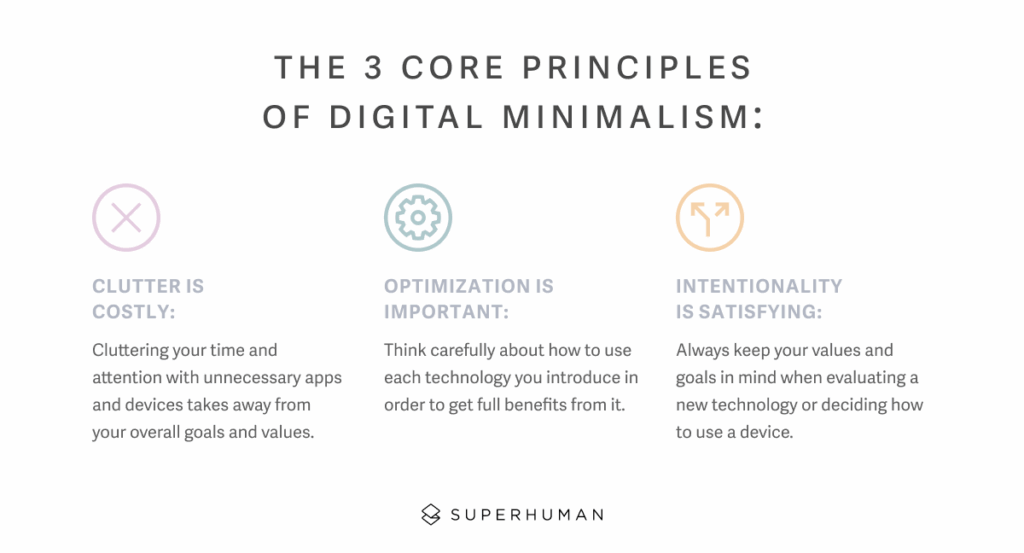
The core principles involve:
- Decluttering by getting rid of all the unnecessary and low-value tasks and apps
- Optimizing your time and choosing the best way to spend it online
- Value your goals by intentionally focusing on them.
This philosophy has implications across industries including marketing.
Digital minimalism in marketing refers to getting rid of the clutter and noise in online marketing and providing your ideal customers with high-value content and experience across channels that work best. Anything that doesn’t add value or is less important is intentionally left off.
Instead of focusing on several online channels, touchpoints, and content formats, you restrict yourself to the best ones. This intentional selection of a few but high value, optimized connections is the core of digital minimalism in marketing.
Digital Minimalism in Marketing Principles
The principles defined by Cal Newport originally imply digital minimalism for individuals. These principles need to be translated for use in marketing.
The following principles work for digital minimalism for marketing:
1. Declutter
Clutter creates distractions and reduces focus. It’s something that marketers are quite familiar with.
The first rule is to reduce clutter by minimizing options to enforce focus.
This can be applied everywhere ranging from website to landing pages to ads to social media and beyond. Research shows that clutter on a website can reduce conversion rate by 67%.
It’s mainly because it doesn’t let visitors focus on a single point. Clutter creates friction and distractions.
The following mathematical explanation of the conversion rate explains it pretty well:
Conversion rate = Desire – Friction
Minimizing friction on your website, content, and all types of marketing collateral is essential.
Anxiety, coupled with distraction, acts negatively on conversion rate and keeps it low:

The more clutter you have, the more customers you lose.
Clutter reduction isn’t just about your website or landing page, it goes beyond it and covers pretty much everything:
- Reducing marketing channels and touchpoints
- Keeping the website and offers simple and clean
- Content formats reduced to what works best for your brand
- Decluttering your martech by reducing the number of apps you use (for internal minimalism)
- Removing barriers in the customer journey and shortening it
- Focus on quality instead of quantity across marketing channels and strategies.
2. Focused Approach
Decluttering isn’t enough, you have to embrace clarity and focus.
Your marketing strategy should be highly focused and goal-oriented. You don’t have to be on every possible marketing channel just because it’s new and trending.
When you have a focused marketing approach, you stick with your plan. There shouldn’t be any deviations.
If something is not working, you don’t have to replace it. Think of a solution and fix the issue.
For instance, you aren’t getting enough organic traffic despite spending 80% of your marketing budget on inbound marketing. You don’t replace it with PPC, rather, you need to figure out the underlying issue.
- Is it due to poor keyword targeting?
- Are you publishing content in the right format that your audience likes to read?
- Or, are you just being impatient?
Cupsly’s storytelling is a perfect example of a focused marketing approach. Its entire marketing strategy is centered around storytelling which has worked pretty well for it.
Here’s an example of how its founder shared the story on his LinkedIn profile to create engagement:
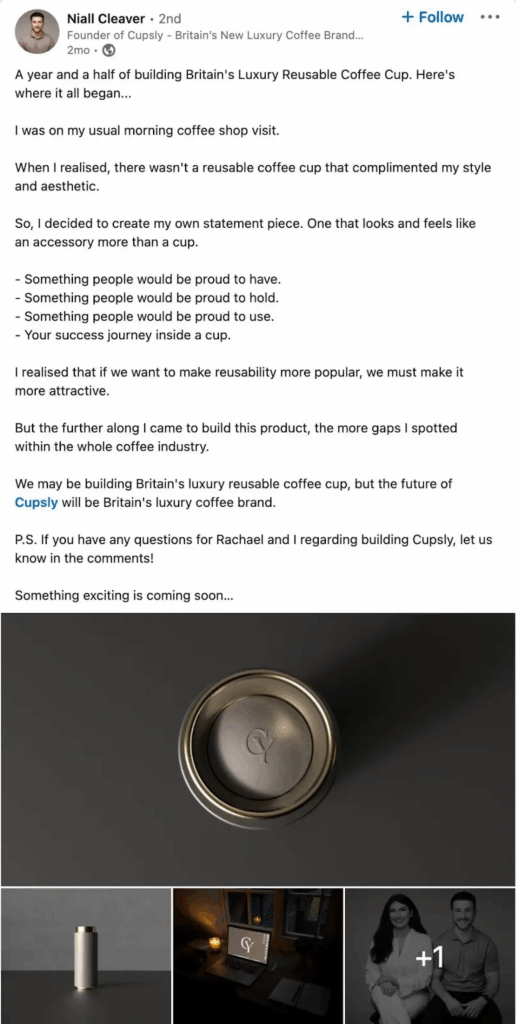
Both founders used LinkedIn to promote their brand. And they had collectively 70K+ followers before the official launch of their brand.
They just stick with the plan with a highly focused approach to connect with their audience via storytelling on a platform they find fit.
As of October 2025, Cupsly has no YouTube channel, and it is not on Facebook and X.
That’s how you stay focused on what you want to do to achieve marketing performance.
3. Simplification
Digital minimalism in marketing is all about simplicity.
Make things simple for your target audience and your team.
Decluttering and removing distractions don’t mean you have actually simplified marketing and UX for your ideal customers.
You need to ask yourself the following questions that’ll help you figure out how simple things are for your audience:
- Is your messaging unified across all channels?
- How easy is it for your ideal customers to understand your message?
- How easy is it for your audience to connect with your brand?
- Do you target one buyer persona at a time across all marketing campaigns?
- Have you simplified design and UX across all touchpoints?
- Do you stick with one CTA per offer per page/ad rule?
- Have you simplified decision-making for your customers?
When you make your customers’ lives easy by simplifying their decision-making process, they are likely to become repeat customers, and 115% of them are likely to recommend your brand:

Internally, you need to simplify processes.
An effective way to enforce simplification internally is by reducing the number of apps you use and minimizing communication channels.
Your martech stack should be optimized. Switch to fewer platforms so your team spends less time on apps.
According to HBR, an average employee switches between different apps up to 1200 times in a single day. Another study found that workers spend up to 20 hours a week using communication tools and 60% of them experience burnout due to overload:

App overload can be best addressed by getting rid of unwanted apps. Simplify internal processes and enforce a digital minimalism culture.
4. Optimization
Regular tweaks and optimization of your marketing strategy are the most crucial component of digital minimalism in marketing.
Optimization isn’t just limited to conversion rate optimization. It includes:
- Monitoring marketing strategy and campaigns
- Budget and app optimization
- Resource optimization
- Using data to guide marketing decisions
- Constant iteration across all touchpoints
- Removing what’s not working.
It’s not limited to marketing campaigns, rather, it covers your marketing strategy end-to-end.
The idea is to identify the most effective way to connect with your audience and customers. Utilize your limited resources to deliver a valuable and quality experience to your ideal customers.
Implementing Digital Minimalism in Marketing: Techniques and Best Practices
Let’s move to the nitty-gritty of how to implement digital minimalism in marketing to boost conversions and grow your business.
Follow these best practices to move towards digital minimalism:
Nurture Digital Minimalism Culture
You need to develop a culture in your organization for digital minimalism.
Implementing digital minimalism in marketing requires a business-wide change in culture because it’s more of a philosophy than a mere set of SOPs.
You can conduct employee training, create SOPs, and share with them the benefits of digital minimalism every week. It’ll turn out to be additional work. The idea is to ensure that your marketing team follows digital minimalism rules and best practices without constant nudging.
Changing organizational culture isn’t easy, but it pays off big time.
Here’s how to tweak culture and switch to digital minimalism:
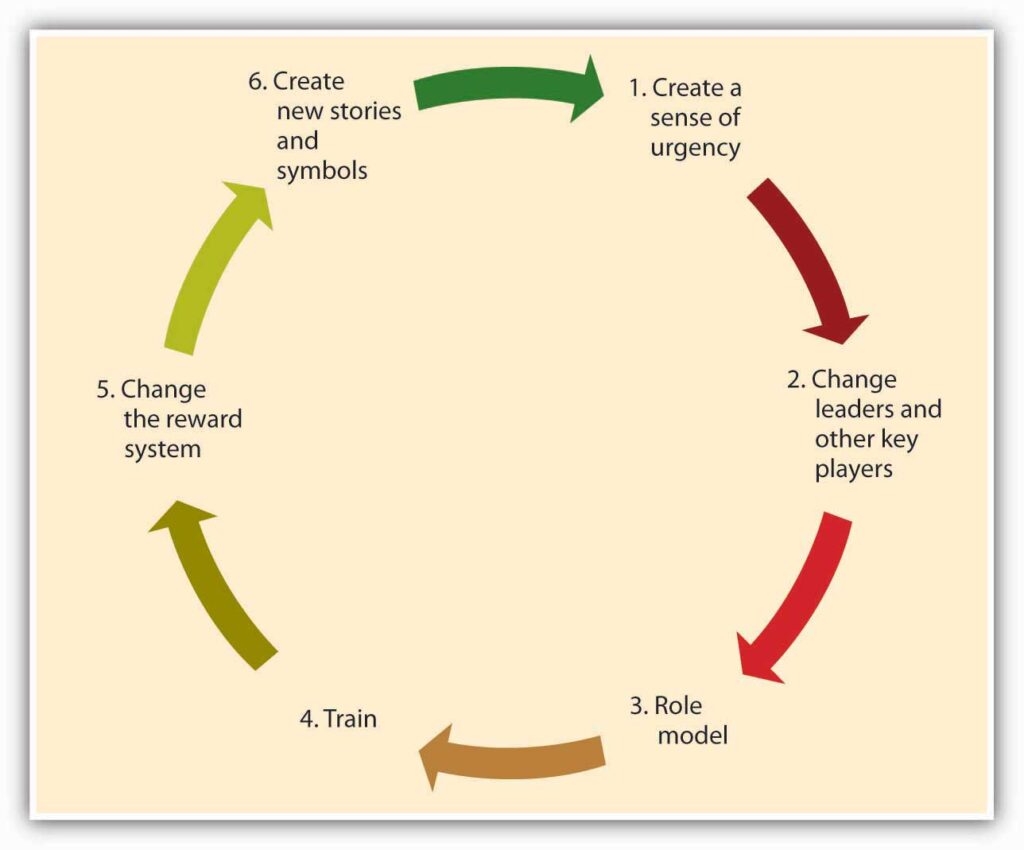
- Start with a clear vision and purpose.
- Educate your marketing team and leaders. If needed, change top leadership. Marketing manager and top management should breathe digital minimalism.
- Set and define role models, preferably employees from the marketing team.
- Train everyone in the marketing department.
- Enforce a new reward system to support rapid cultural change and shift to digital minimalism.
- Develop new stories, symbols, characters, vision, and norms.
- Celebrate and reward progress.
- Be patient.
Audit Your Martech Stack
Auditing your martech stack is an essential step towards digital minimalism in marketing.
You should reduce the number of apps and platforms your marketing team uses with the intention of reducing app overload (which is a serious threat to employee productivity).
You need to identify marketing apps that are less important, overlapping, and unnecessary. This can be done by conducting an in-depth audit of your martech stack.
If you use a limited number of apps, it’ll be easier to find out which ones are essential and which ones can be removed.
However, if you have a mid to large-sized business, you might be using several apps and that’s where it gets challenging. Create a template like this to find out where you stand at the moment:

Here’s another template to try:

You need to do the following:
- Identify key marketing channels, their importance, and the tools you need for them
- Check for overlaps
- Remove less important channels and, therefore, the tools you use for them.
Improve Internal Communication
Team collaboration and communication are an important part of digital minimalism in marketing for two main reasons:
- Effective internal communication ensures your team spends more time on projects and tasks instead of wasting time on communication
- It helps your marketing team better understand what is expected of them and the overall marketing strategy, objectives, and goals. In reality, 72% of employees reported that they don’t fully understand their business’s strategy.
What do you expect from a marketing employee if he doesn’t understand the marketing strategy?
Research shows that poor communication leads to project delays and failures, as reported by 44% of employees:

Project delays and failures are against the core principle of digital minimalism, as you won’t be able to offer an exceptional UX to your customers.
Here’s how to improve your marketing team’s communication and collaboration:
- Use one and only one communication and collaboration app
- Get rid of team silos
- Remove hierarchy in your marketing department
- Create SOPs for your teams and make sure they are followed strictly.
Choose the Right Marketing Channels
You don’t have to be available on all the marketing channels and touchpoints for your audience. Digital minimalism in marketing requires that you pick and choose the right marketing channels and focus on them strictly.
Ideally, you don’t have to be on all the marketing channels, rather, you have to be at the right channel at the right time.
Selecting the right, high-converting marketing channels and touchpoints requires that you collect primary data and use existing data to update buyer personas – and move from there.
Let’s break this down:

- Use existing data to identify top performing marketing channels that have historically worked well in terms of conversions. This can be tracked by your analytics tool (e.g., Google Analytics) and conversion data.
- Collect primary data from your ideal customers and ask them what channels and platforms they use the most and why. This will give you a clearer picture of what channels to prioritize and why.
- Add data from these two sources to buyer personas.
- Switch to relevant marketing channels using buyer personas and reach the right audience at the right platform.
This works for both online and conventional marketing channels.
Minimizing the number of touchpoints positively impacts your ideal customers by reducing their channel load, shrinking their buyer journey, and reducing distractions.
That’s the whole point of switching to digital minimalism in marketing, right?
Improve UX
Optimizing marketing channels isn’t enough and won’t work if you don’t improve user experience across these touchpoints.
User experience (UX) refers to the experience felt by a potential customer when interacting with your brand collectively. It plays a key role in user satisfaction and conversion.

Your ideal customers expect a seamless UX when they interact with your brand. As much as 88% of customers won’t return to a website after a bad experience. On top of that, UX has a huge ROI. Every $1 you spend on UX generates a return of up to $100:
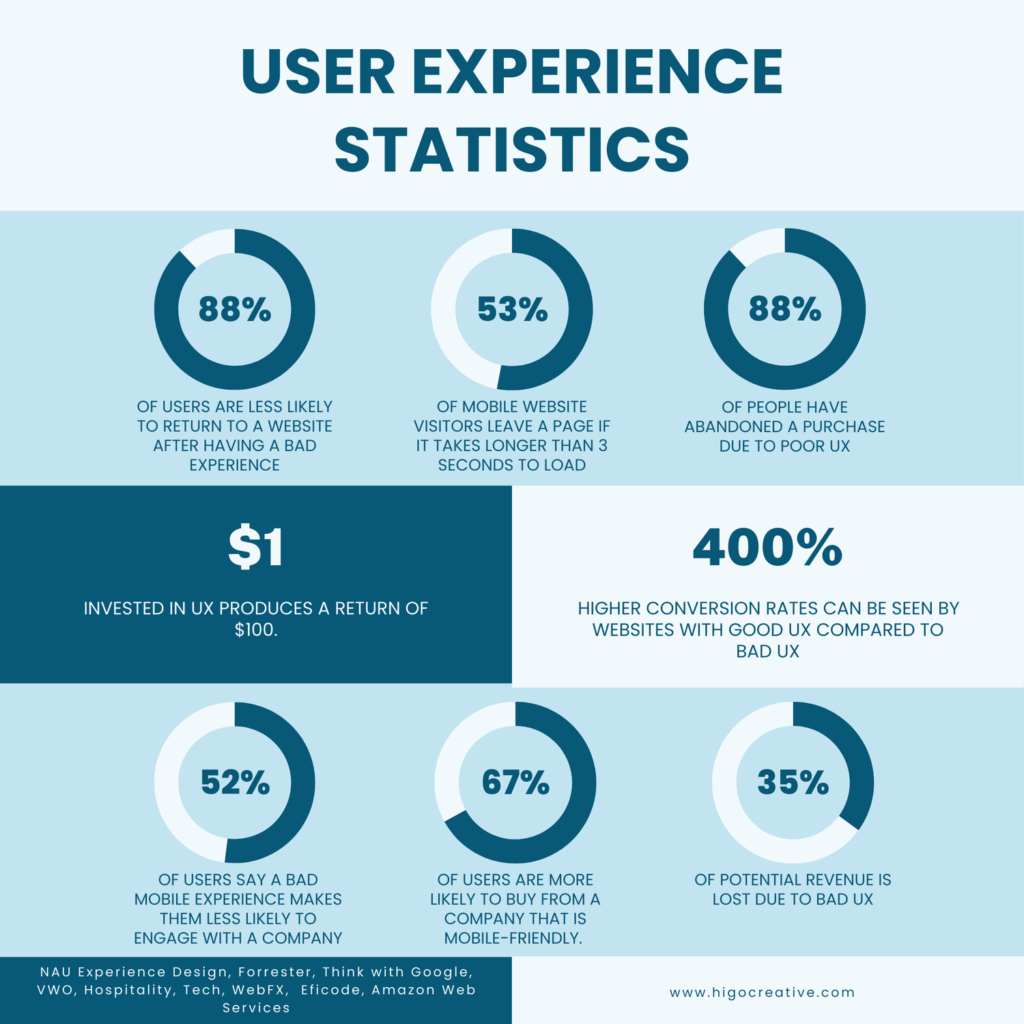
The benefits are phenomenal, but the challenging part is improving UX.
How and where do you get started?
There are two ways to do it:
- Use industry best practices and proven UX techniques. For example, improving site load speed, reducing friction, fixing technical issues, simplifying the conversion process, adding social proof, intuitive navigation, clear website structure, and making it easier for your ideal customers to get what they want as easily as possible.
- Collect data from your target audience across all touchpoints about their experience. Also, leverage existing data to understand what works and what doesn’t. In this case, UX is guided by data and customer feedback.
Most businesses stick with the first method – which isn’t wrong – but not ideal.
Why?
Tweaks in UX may or may not work. Importantly, you never know if you have reached your full potential and there’s more room for improvement (and conversion).
The best way to improve UX end-to-end and implement digital minimalism in marketing in its soul is to collect feedback from users and customers. Make changes based on the feedback.
Net Promoter Score
Net Promoter Score (NPS) is one of the simplest and effective ways to collect feedback across touchpoints by asking one simple question:
“On a scale from 0 to 10, how likely are you to recommend this company/product/service to a friend or colleague?”
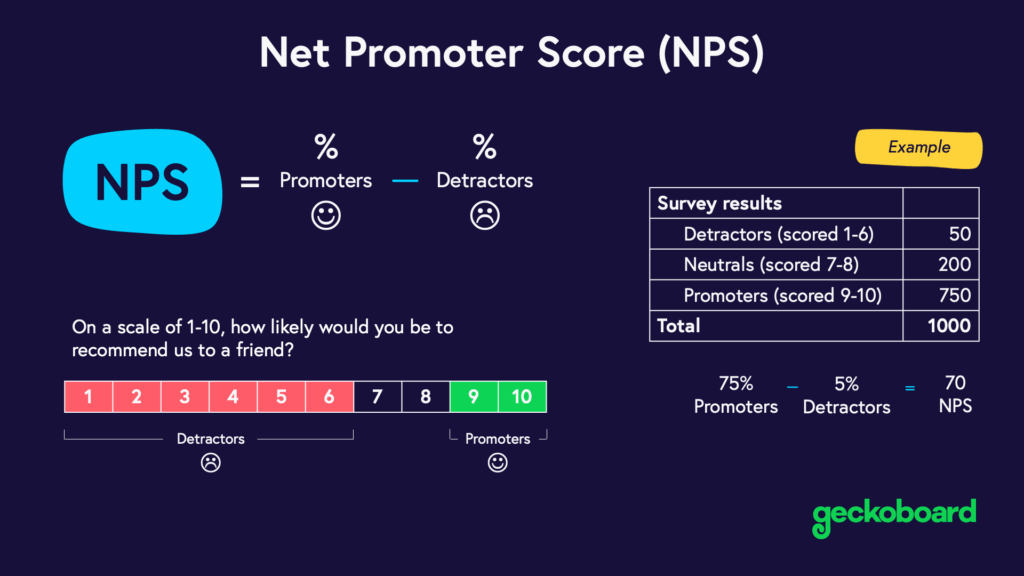
NPS helps you identify promoters, passives, and detractors, but it doesn’t tell you more about detractors. You can ask a few additional survey questions from detractors as to what makes them not recommend your business and how you can improve it.

Or, you hop on calls with a few unhappy customers and get more insights about their bad experience.
That’s how you can improve UX based on feedback from customers – instead of guesswork.
What you need to tweak UX based on feedback. It’ll work best.
Publish Helpful, Purposeful Content
Digital minimalism in marketing relies on simplicity and prioritizing quality over quantity.
This applies to content you create and publish.
Your content should be:
- Helpful for readers and must solve an issue they are facing with utmost clarity
- High-quality and valuable
- Engaging and driven by a specific purpose and philosophy.

You don’t have to publish too often. Rather, focus on the purpose of your content and deliver it precisely across all formats.
Unlike the traditional content marketing norms where content freshness and frequency play a major role in search visibility, digital minimalism doesn’t focus on consistency.
It focuses on value.
How do you generate this type of quality, helpful content?
Follow these techniques and tips:
- Content creation and publication should be driven by a purpose. Make sure every piece of content you generate has a clearly defined purpose
- Create a style guide for your content team with clear instructions and guidelines
- Write for people, not search engines
- Follow Google’s helpful content guidelines that have actionable insights on how to create people first content
- Every piece of content must be written by a subject matter expert who has ample experience or expertise in the niche
- Measure the success of your content based on its engagement, not search ranking
- Don’t focus too much on publishing frequency and consistency
- Publish content on selected platforms and use formats that align with buyer personas.
Simplify Your Digital Presence
Digital minimalism in marketing is a holistic approach. It must reflect everywhere – not just your brand’s content.
You need to actively work on simplifying your business’s digital presence across all touchpoints.
The simplicity must be enforced from the perspective of your ideal customers.
Omnichannel marketing is a perfect example of simplifying your presence and making it easier for your target audience to interact with your brand.
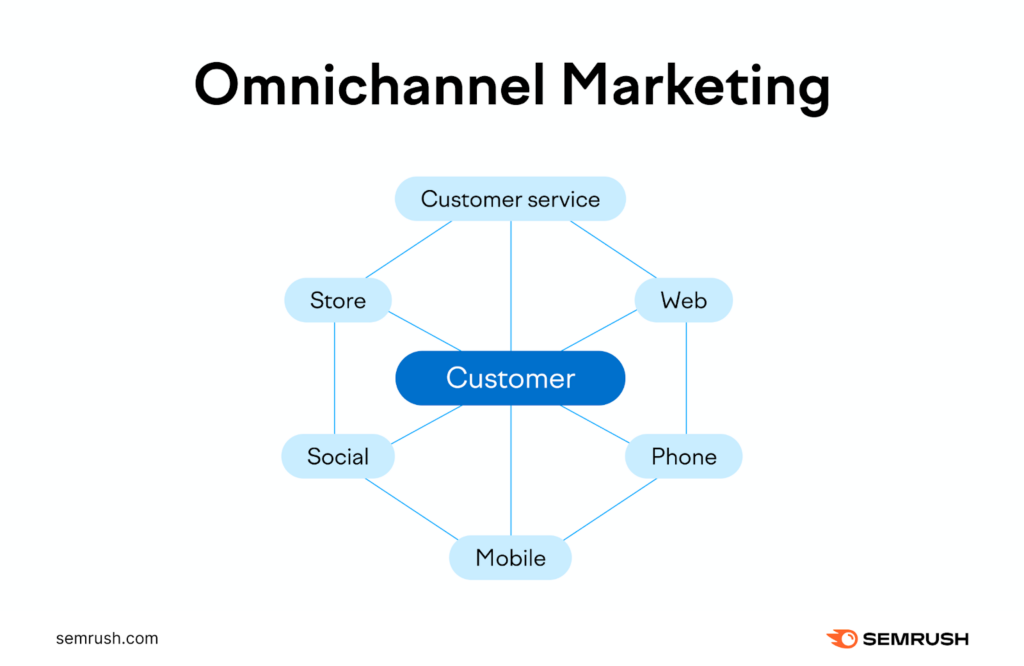
For instance, when a potential buyer interacts with your company on one of your social media platforms and later visits your website to look for the same product. That’s where visitors expect that you resume their journey from where they left. If you don’t, it ruins their UX.
Here’s an example of how Amazon offers a simplified and interconnected experience to its users:

Up to 67% of customers expect to receive personal recommendations from a brand and 66% need tailored messages:

Here are practical tips and techniques to simplify your digital presence for your audience:
- Be on a few touchpoints instead of being everywhere
- Avoid intrusive banners and push notifications on your website
- Get permission from your audience and customers before tracking their activity on and off your site
- Don’t overpromote
- Minimize the number of newsletters and emails you send out to your lists
- Improve website design and structure for clarity – instead of conversions
- Invest in omnichannel marketing for a better, simplified experience
- Optimize paid ads and lower ad frequency to avoid repetition.
Human Touchpoints
Nothing works better than real-life, human touchpoints for digital minimalism in marketing.
Heineken’s “Social Off Socials” marketing campaign is one nice example of getting away from social life and spending time in real life.
But it should be much more than a one-off campaign.
Incorporate human touchpoints into your marketing and sales strategies. Even if you are an entirely online business. A human touchpoint is different from a physical touchpoint. It is one where human interaction is involved which isn’t the case with all types of physical touchpoints:
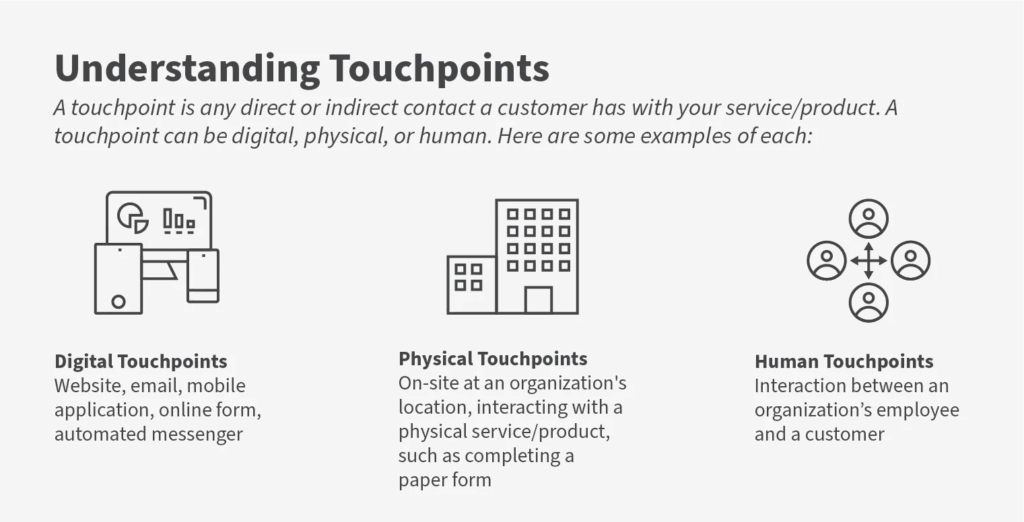
For instance, trade shows, networking platforms, conferences, community events, sponsorships, etc., are a few examples of how you can connect with your audience via real-life touchpoints.
The idea is to focus on building relationships and connections with humans instead of relying on algorithms. That’s the whole point of digital minimalism in marketing, right?
Follow these best practices to add human touchpoints to your marketing strategy:
- Create a strategy for human touchpoints by setting monthly or quarterly goals
- Educate and train your marketing team on its importance and how they should interact with customers during face-to-face meetings
- Look for opportunities where you can establish touchpoints
- Join local events and networking platforms.
Track and Measure
Digital minimalism in marketing space requires constant tweaks because:
- It’s still a new phenomenon that keeps on evolving
- To adapt and improve your online presence.
Digital minimalism in marketing is not a set-and-forget approach. You need to constantly track performance across all marketing channels and tweak based on performance.
It also requires that you collect feedback from users and employees in the early days. It’ll help you get a better idea of how digital minimalism is working, what changes are needed, and what’s not working.
Final Words
Digital minimalism isn’t something you can implement in a single go. It takes time.
The results won’t be visible quickly either.
It’s a long process that requires deep, strategic changes across your business.
Consider digital minimalism in marketing as a competitive advantage. Most businesses aren’t into it. Getting started at the right time and transforming your marketing strategy and culture will give you a jumpstart.
The right time to implement digital minimalism is now.
Featured Image: Pexels



